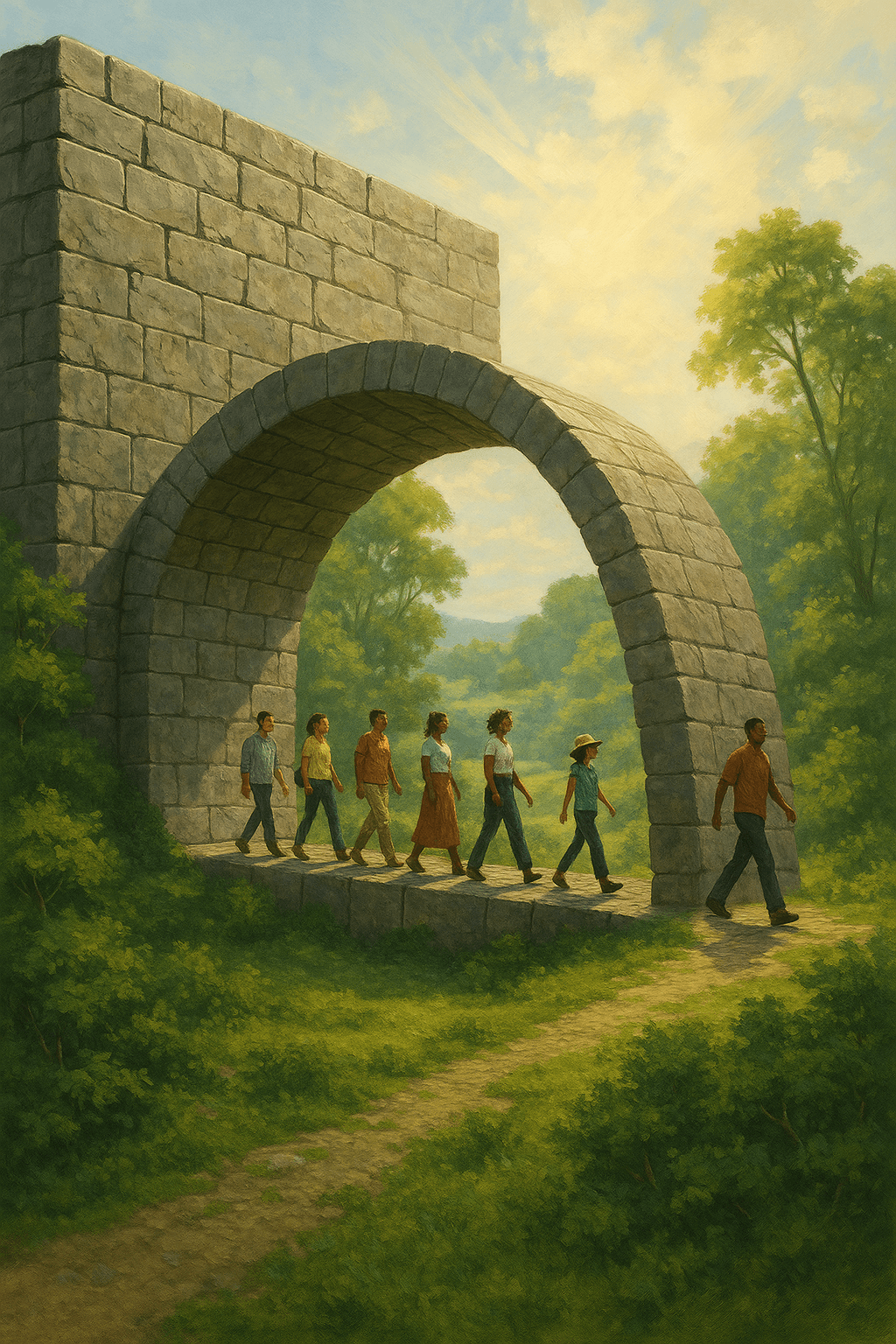Transforming Barriers: Angela Davis on Bridges and Walls

Walls turned sideways are bridges. — Angela Davis
Reimagining Obstacles as Opportunities
Angela Davis’s evocative statement urges us to reconsider the very nature of obstacles in our lives. Rather than seeing walls solely as impediments, she suggests the radical act of reorienting our perspective, transforming these same structures into bridges—pathways to connection and progress. This shift in mindset encourages resilience and adaptability, setting the stage for social change.
Historical Context: Divisions and Solidarity
Historically, walls have symbolized exclusion and segregation, seen in moments like the Berlin Wall or Jim Crow laws. However, as movements for justice have shown, what begins as a division can become the very foundation for unity. The Civil Rights Movement in the United States, for example, galvanized diverse communities to come together, turning barriers of prejudice into platforms for solidarity.
Personal and Societal Transformation
Expanding Davis’s metaphor to the personal sphere, we see that individual setbacks—such as failure or rejection—can become catalysts for growth when approached creatively. In the broader society, activists have often repurposed their marginalization as motivation to build alliances and amplify their voices, demonstrating how adversity can be constructed into pathways forward.
Contemporary Examples of Bridge-Building
Across the world today, we witness initiatives that embody Davis’s idea. Programs like restorative justice circles, which replace punitive systems with dialogue and healing, exemplify how communities can transform sites of harm into spaces for connection. In technology, open-source collaborations often break down proprietary 'walls' to foster innovation, illustrating the power of shared effort.
The Enduring Call to Action
Ultimately, Davis’s metaphor is both a challenge and an invitation. It asks us not to accept barriers at face value, but to re-envision them as starting points for collective action and bridge-building. By doing so, we honor a tradition of resistance that finds possibility within constraint, and continue the ongoing work of building a more connected and just world.